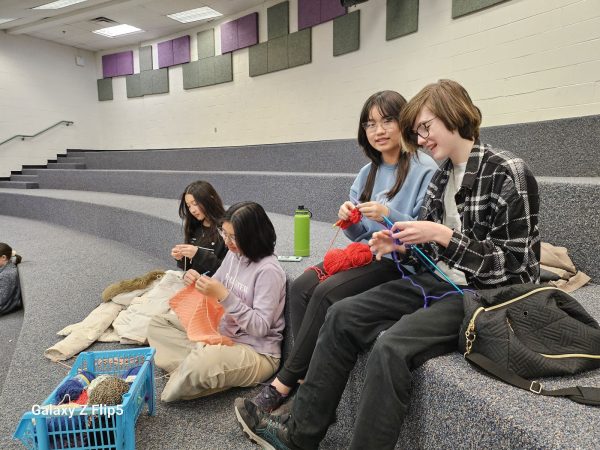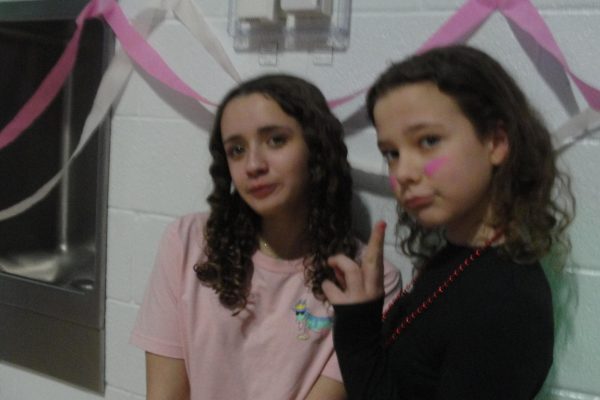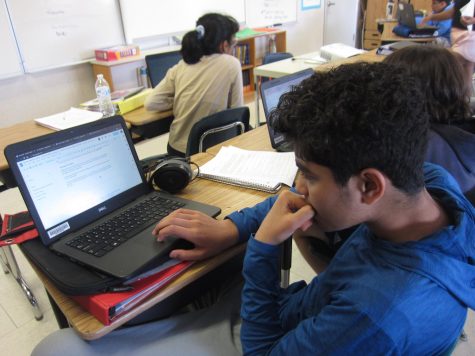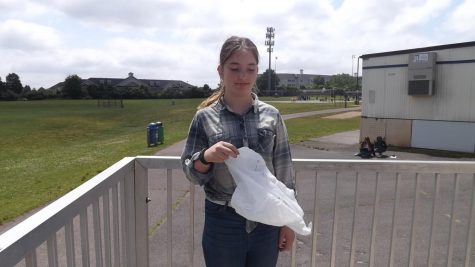Diversity of learning styles at RCMS
RCMS teachers each have different teaching styles that they find effective, but what about the students? What type of teaching works best for you?
Learning takes place in a variety of ways including, auditory learning (listening to and playing music), visual learning (pictures/demonstrations), verbal learning (orally explaining the content), physical learning (hands-on activities), logical or mathematical learning (learning through numbers and patterns), and more. However, what do they all mean?
Hanna Kovacs, a seventh-grader on the All-stars team, believes all students work differently.
“I think that everyone gets their work done differently and we all just need to find what helps us best like a slide deck or a funny song and stick to that.”
There are many different ways that people can get their work finished while also learning the way they want and understanding the material. For example, music or videos may be very useful for those who have an auditory learning style–making musical mnemonics may be more effective for that type of learner. Visual learners are more attentive and observant so they prefer presentations or demonstrations. Rather than seeing things,verbal learners prefer to hear instructions and communicate ideas orally. These students are often considered the most proficient in reading comprehension.
Haarathi Mamillapalli, a seventh-grader on the All-stars team, is a physical learner who tends to doodle on her assignments, thinks that it is easier for her to grasp the material when she is learning the way she prefers.
“I think hands-on works best because it is easier for me to focus and remember what I’m doing since I can relate the material with the things I’m doing and also not be distracting by drawing on my papers.”
These types of learning styles can affect how students work, positively or negatively. Some students might work best when they are learning hands-on but some may just like to read in a textbook.
Caelyn Henson, an eighth-grader on the Voyagers team finds it hard to understand the topic unless she is leaning physically.
“If it’s in a more verbal and not very hands-on teaching it’s harder for me to understand the subject that we’re supposed to be learning because it’s easier to learn if you have a lot of stuff to do and experiment with.”
Some teachers’ teaching style depends on the subject. For instance, in English there may be more visual learning and you might have to read more while classes such as Spanish or French, it would be more verbal so you can understand the pronunciation.
Aiyana Kashyap, an eighth-grader on the Explorers team says her math teacher has a lesson while her science teacher gives her independent work.
“My math teacher usually does a lesson and then she makes us practice by giving us worksheets, whereas my science teacher doesn’t teach us anything, he just gives us a lab and we figure it out by ourselves.“
With larger classes, it’s not always so easy to include everyone’s preferences in teaching style.
According to Public School Reviews, there are many pros to having smaller class sizes like, receiving more individual attention, less distractions, fewer discipline problems, and students are more likely to participate. Although, there are also cons to this idea such as the need for extra classrooms and more teachers.
Sahana Kumar, a seventh-grader on the All-stars team, thinks smaller classes would be less beneficial.
“Nah, though it would be better for learning ‘n stuff, there would be less interaction and group discussions, which makes learning interesting.”











